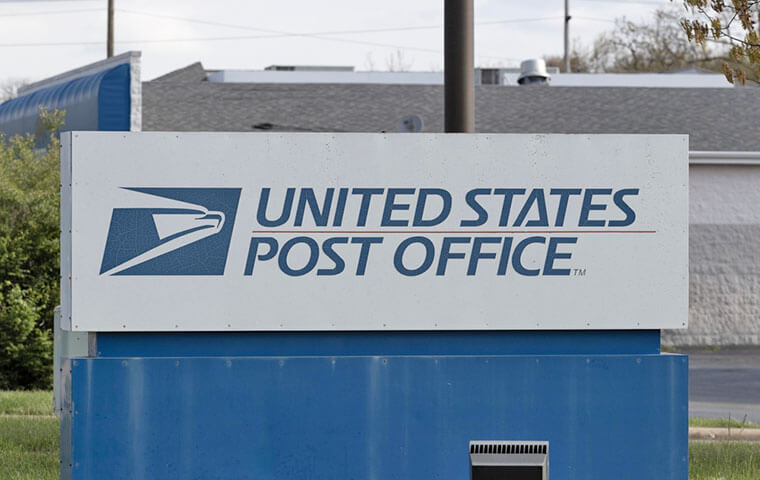 IG: Decrease the reliance on acting supervisors could improve productivity, efficiency, employee morale, and engagement. Image: Jonathan Weiss/Shutterstock.com
By: FEDweek Staff
IG: Decrease the reliance on acting supervisors could improve productivity, efficiency, employee morale, and engagement. Image: Jonathan Weiss/Shutterstock.com
By: FEDweek StaffThe USPS has reduced the vacancy rate for supervisory positions in the last several years but pay and other factors continue to pose challenges, especially in certain locations, an inspector general report has said.
The vacancy rate in positions just above the level of craft employees that oversee day to day operations dropped from 13.7 percent in 2021 to 7 percent in 2023, close to the goal of a 5 percent rate, it said.
It credited initiatives including holding job fairs and career conferences, updating an apprenticeship program for preparing employees to move into those positions, speeding up the hiring process, and additional training and support for those involved in the hiring process.
“Although the nationwide vacancy rate is relatively low, some locations are experiencing vacancy rates three times as high as the goal,” the report said, with seven of the 13 divisions having rates higher than the average. The rate is above 17 percent in the two divisions covering Michigan, Wisconsin, Illinois, Indiana, Ohio, Kentucky and West Virginia, for example.
Officials “generally attributed those rates to internal factors, such as supervisor retirements, and a lack of qualified applicants for supervisory positions. Management also cited supervisory staff being detailed to other positions and facilities, leaving divisions and districts unable to backfill these original positions as they were not considered vacant,” it said.
The IG however noted that in other recent studies it has identified recruitment and retention issues for other positions including “low unemployment rates, a rising cost of living — especially housing rates — less competitive wages compared to other employers, and lack of locality pay. Although these reports focused on hiring for craft positions, these same geographical challenges exist when hiring for supervisor positions.”
“Reducing supervisor vacancies in areas with high vacancy rates may decrease the reliance on acting supervisors and could improve productivity, efficiency, employee morale, and engagement,” it added.
Management agreed with a recommendation to stress compliance with requirements for training of hiring officials, more closely track vacancies how fast they are filled, and include vacancy rates in assessing facilities to become regional processing and distribution centers.
Ivan Butts, the president of the National Association of Postal Supervisors warned last month in a post that executive and admin schedule – EAS employees, are “rapidly promoted into mid-level and senior leadership positions with this same lack of operational and leadership knowledge,” blaming the practice for “an increased use of the leadership tool of psychological aggression” that are further hampering leadership development.
Despite the drop in vacancy numbers cited, Butts claimed that a “significant number of EAS employees are leaving the USPS for other federal agencies, enticed by better pay and less-demanding working conditions.”
OPM Guidance Addresses Pay Issues arising During, After Shutdown
Financial Impact of Shutdown Starts to Hit Home; WH Threatens No Back Pay
Threat of RIFs Hangs Over Federal Workforce as Shutdown Continues
Surge of Retirement Applications Is in the Pipeline, Says OPM
OPM Advises Agencies on Conducting RIFs During Shutdown
Shutdown Stalls Hegseth’s Reforms on Two Fronts as Pentagon Accelerates Cuts
See also,
5 Steps to Protect Your Federal Job During the Shutdown
Over 30K TSP Accounts Have Crossed the Million Mark in 2025
The Best Ages for Federal Employees to Retire

